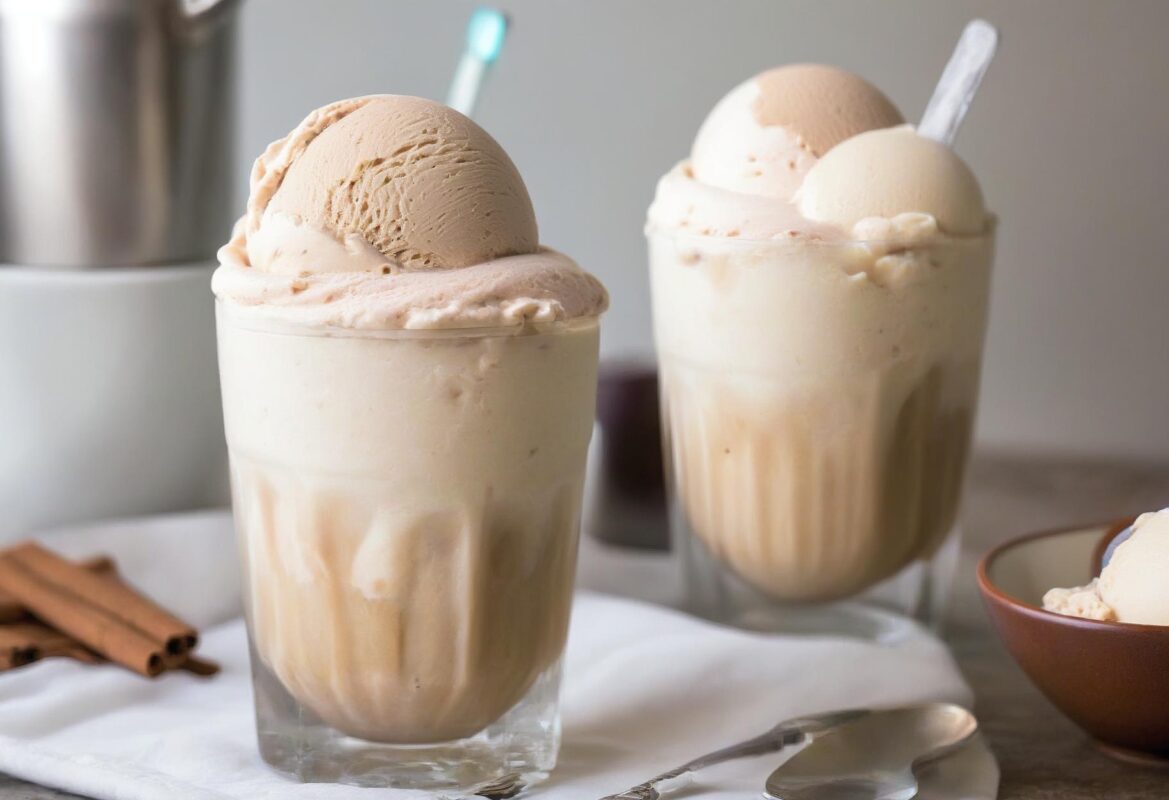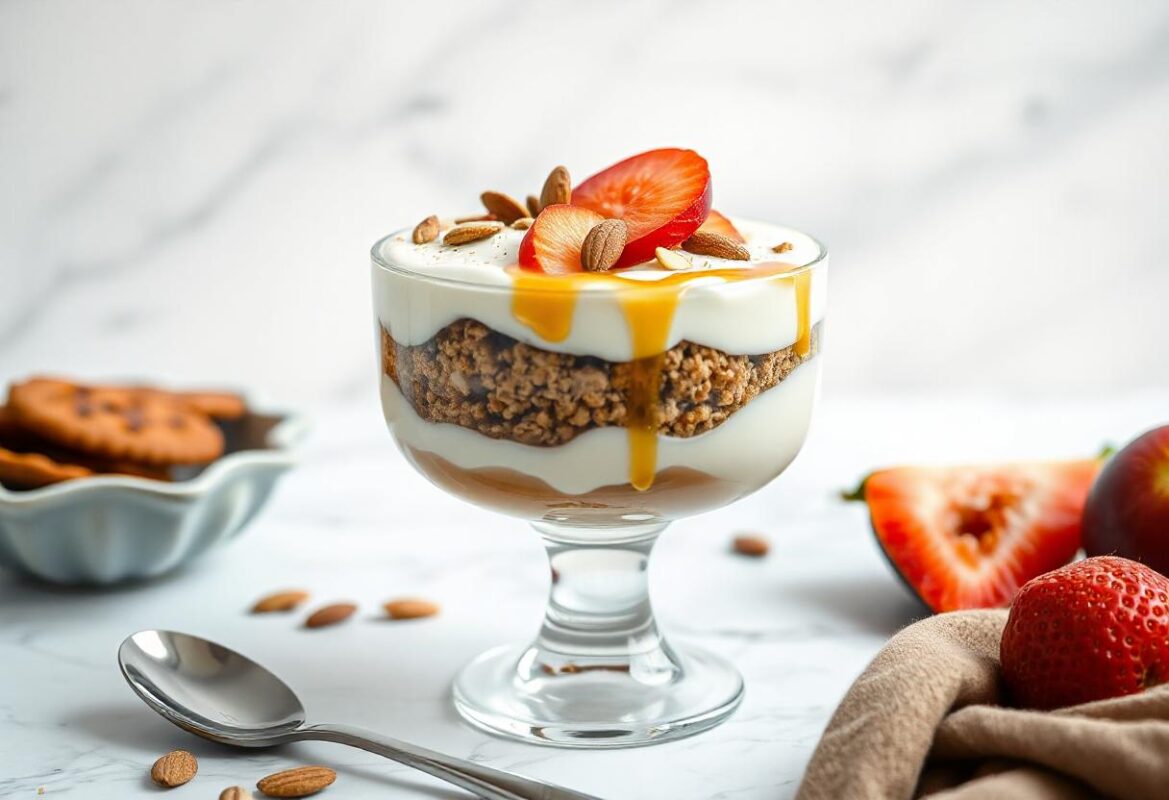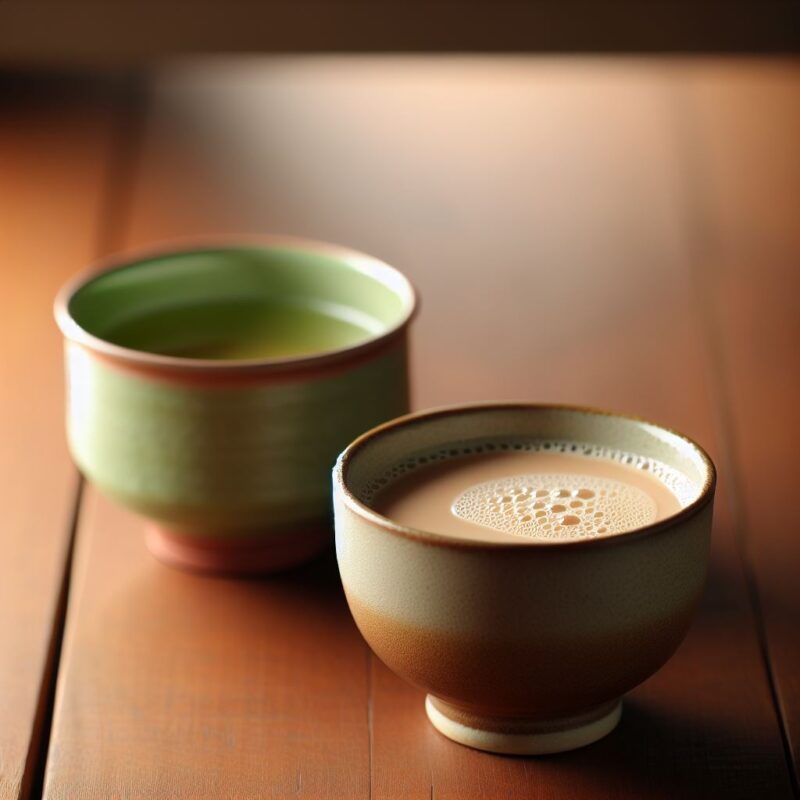Minimalism is more than a design trend—it’s a lifestyle that emphasizes simplicity, efficiency, and intentional choices. Minimalists aim to reduce clutter, save time, and create mental space for meaningful activities. One area where this philosophy becomes tangible is in beverage choices, particularly the preference for pre-mixed chai blends over individual spices.
Here’s why chai blends appeal to minimalist living enthusiasts:
1. Convenience and Time-Saving
Minimalists value efficiency in daily routines. Preparing chai from scratch requires buying, measuring, and mixing multiple spices for each cup. Ready-made blends eliminate this process, saving time and simplifying the morning ritual. Research shows that minimizing small daily decisions reduces cognitive load and stress, freeing mental energy for more important tasks (Vohs et al., 2008; Baumeister et al., 2008).

2. Reduced Cognitive Load
Minimalism isn’t only about physical space—it’s about mental space. Decision-making around spice ratios, freshness, and combinations can create subtle stress. Pre-mixed chai blends remove these daily choices, reducing “decision fatigue” and supporting a calmer, more mindful experience (Baumeister et al., 2008).
3. Space and Storage Efficiency
A minimalist kitchen prioritizes functionality and order. Individual spices occupy more storage space, potentially leading to clutter. A single chai blend consolidates multiple ingredients into one container, maintaining a clean, organized space while still offering rich flavors (Modern Minimalism, 2020).

4. Consistency in Taste
Chai is not merely a beverage; it’s a sensory experience. Pre-mixed blends provide a balanced, consistent flavor every time, removing the stress of experimenting with individual spices. Minimalists appreciate this predictability, as it aligns with their values of efficiency, quality, and intentionality.

5. Reduced Waste
Unused individual spices can go stale or expire, creating unnecessary waste. Ready-made blends minimize this risk, supporting both minimalist and sustainable living principles. Household food waste reduction is a significant step toward sustainability and efficiency (FAO, 2013).

6. Holistic, Mindful Experience
Chai blends are carefully designed to harmonize flavors and aromas. Minimalists often value experiences over collection, and savoring a well-crafted cup of chai provides a mindful, sensory-rich experience with minimal effort. Beyond taste, the spices in chai also have scientifically recognized health benefits:
-
Ginger aids digestion and has anti-inflammatory properties (Ali et al., 2008).
-
Cinnamon may help regulate blood sugar and reduce inflammation (Ranilla et al., 2010).
-
Cardamom supports digestion and general well-being (Singh et al., 2008).
-
Cloves are rich in antioxidants and support immune function (Prashar et al., 2006).
-
Black pepper enhances nutrient absorption and has antioxidant effects (Srinivasan, 2007).
These benefits add a layer of wellness to the simple, mindful ritual of drinking chai.

Conclusion
Pre-mixed chai blends perfectly align with minimalist values. They save time, reduce mental load, optimize storage, ensure consistent flavor, reduce waste, and create a balanced, mindful experience. For minimalists, a thoughtfully crafted chai blend is more than a beverage—it’s a small daily ritual that nourishes both body and mind.
References
-
Vohs, K. D., Baumeister, R. F., Schmeichel, B. J., Twenge, J. M., Nelson, N. M., & Tice, D. M. (2008). Making choices impairs subsequent self-control: A limited-resource account of decision making, self-regulation, and active initiative. Journal of Personality and Social Psychology, 94(5), 883–898. Link
-
Baumeister, R. F., Vohs, K. D., & Tice, D. M. (2008). The strength model of self-control. Current Directions in Psychological Science, 16(6), 351–355. Link
-
Modern Minimalism. (2020). Science-backed benefits of minimalism. Link
-
FAO. (2013). Food wastage footprint: Impacts on natural resources. Link
-
Ali, B. H., Blunden, G., Tanira, M. O., & Nemmar, A. (2008). Some phytochemical, pharmacological and toxicological properties of ginger (Zingiber officinale Roscoe): A review of recent research. Food and Chemical Toxicology, 46(2), 409–420.
-
Ranilla, L. G., et al. (2010). Antioxidant capacity and polyphenolic content of cinnamon extracts. Journal of Agricultural and Food Chemistry, 58(5), 2773–2780.
-
Singh, G., Maurya, S., DeLampasona, M. P., & Catalan, C. A. (2008). Chemical composition, antifungal and antioxidant activities of cardamom oils. Journal of Food Science, 73(4), C273–C278.
-
Prashar, A., Locke, I. C., & Evans, C. S. (2006). Cytotoxicity of clove (Syzygium aromaticum) oil and its major components to human skin cells. Cell Proliferation, 39(4), 241–248.
-
Srinivasan, K. (2007). Black pepper and its pungent principle-piperine: A review of diverse physiological effects. Critical Reviews in Food Science and Nutrition, 47(8), 735–748



